|
The OP
Published on 2019-8-10 17:24
Only look at the author
This post is from Microcontroller MCU
| ||
|
|
||
- 【Posts】Overview of MCU bus, three-bus structure of MCU
- 【Posts】4. [Evaluation of domestic FPGA Anlu high-integration low-power SF1 series FPSoC new product] MCU accesses FPGA through AHB bus
- 【Posts】RISC-V MCU Development Practice (Part 3): Porting Hongmeng OS Project
- 【Posts】RISC-V MCU Development (Part 3): Code Editing
- 【Posts】Wireless charging solution "XS016 fully integrated MCU + micro IPM architecture"
- 【Posts】Sampling rate of MCU ADC
- 【Posts】TI enters the M0 MCU camp. What is it up to?
- 【Posts】The microcontroller outputs PWM wave to control the load supply voltage 0-12V adjustable
- 【Download】Green Advanced Microcontroller Bus Architecture System Use Case Guide
- 【Download】Application example of single chip microcomputer STD bus structure for multi-channel signal detection and timing control
- 【Download】Research and application of system expansion based on three-bus structure of single chip microcomputer
- 【Download】AN5447 Overview of Secure Boot and Secure Firmware Update Solutions for STM32 Microcontrollers Based on Arm TrustZone
- 【Download】Renesas Electronics Low Power MCU Practical Manual
- 【Download】A collection of 50 volumes of MCU interface materials
- 【Download】《Microcontroller C language modular programming》
- 【Download】MSP430 series microcontroller data 7 volumes
- 【Design】Three-button keypad with dial function, CH552 single-chip HID driver-free keyboard
- 【Design】CH551 microcontroller HID three-button keyboard
- 【Design】CAN bus multi-machine communication technology source program based on STM8S203 microcontroller
- 【Design】BitNetMCU: Implementing MNIST handwritten digit recognition on the CH32V003 RISC-V MCU
- 【Design】RDR-641 - 40 W variable output (3 V to 8 V, 5 A; 8 V – 20 V constant power) power supply using InnoSwitch3-Pro and Microchip PIC16F18325 microcontroller
- 【Design】DER-832 - Two-wire (no neutral), wide-range, isolated flyback Bluetooth wall switch using LinkSwitch-TN2 and Nordic BLE microcontroller
- 【Circuits】Microcontroller test board circuit three
- 【Circuits】Interface circuit between CAN bus controller and single chip microcomputer
- 【Circuits】PIC microcontroller controlled remote anti-theft alarm circuit
- 【Circuits】Schematic diagram of MCU SPI interface circuit
- 【Circuits】rfPICl2C509AG/509AF ASK/FSK 480~310 MHz with 8-bit microcontroller transmitter
- 【Circuits】Application circuit of CSJ-R05B and single chip microcomputer
- 【Articles】The bus structure, logic structure and internal structure of 80C51 microcontroller
- 【Articles】Understand the microcontroller data, address, and control bus structure in 5 minutes!
- 【Articles】Pin description and off-chip bus structure of stc-52 single-chip microcomputer
- 【Articles】Analysis of the underlying working principle of MCS-51 microcontroller 2 - bus structure
- 【Articles】Pin description and off-chip bus structure of MCS-51 single-chip microcomputer
- 【Articles】51 MCU Bus Timing Overview
-
Overview of MCU bus, three-bus structure of MCU
1.BusOverviewThecomputersystemiscenteredonthemicroprocessorAlldevicessharethebus,andonlyonedevicecansenddataatanytime(multipledevicescanreceivedataatthesametime).Thecomputerbusisdividedintothreetypes:controlbus,addressbusanddatabus2.Thethre ...
-
DSP Learning (4) Bus Structure
II.BusStructure;ThebusstructureofC5402consistsof8main16-bitbuses(4program/datalines,4addresslines):·ProgramBus(PB)Transfersinstructioncodeandimmediateoperandsfromprogrammemory.·Threedatabuses(CB,DB,EB)Connectdifferentinternalparts,suchasC ...
-
Help! My newly bought power bank is broken!
Help,help!Thenewlyboughtpowerbankhas5V2AinputandmultipleoutputportsAfteralongtime,hefoundthatthepowerremainedat68%BecauseitwasmyfirsttimeusingitOrdidmyhusbandbreakit
- I have a question about the network port circuit?
- [X-NUCLEO-53L4A3 TOF evaluation board] 4. Simple accuracy test comparison of different targets
- EEWORLD University Hall----Live Replay: Microchip Security Series 14 - GoodLock with SAM L11 and TrustFLEX ATECC608 Security Devices
- 【ST NUCLEO-G071RB Review】_02_LED Light Experiment
- Toyota ES300 sedan automatic transmission slipping
- Application skills/A single-chip microcomputer application design of an infrared induction pump
- Using an LDO to Power a Dual-Supply Op Amp Circuit
EEWorld Datasheet Technical Support
-
"Cross-chip" quantum entanglement helps build more powerful quantum computing capabilities
IBM scientists have achieved "cross-chip" quantum entanglement - successfully entangled two "Eagl
-
Ultrasound patch can continuously and noninvasively monitor blood pressure
A research team at the University of California, San Diego, has developed an innovative wearable
-
Europe's three largest chip giants re-examine their supply chains
At the Electronica 2024 CEO Roundtable held just last week, the CEOs of three chip giants, Infine
- It is reported that Kioxia will be approved for listing as early as tomorrow, and its market value is expected to reach 750 billion yen
- The US government finalizes a $1.5 billion CHIPS Act subsidy to GlobalFoundries to support the latter's expansion of production capacity in the US
- SK Hynix announces mass production of the world's highest 321-layer 1Tb TLC 4D NAND flash memory, plans to ship it in the first half of 2025
- UWB is a new way to use it in cars. Can wireless BMS also use it?
- Filling the domestic gap! China Mobile, Huawei and others jointly released the first GSE DPU chip
- Samsung Electronics NRD-K Semiconductor R&D Complex to import ASML High NA EUV lithography equipment
- Apple reveals the secret of its own chip success: competitors can't use the latest cutting-edge technology
- Problems with STM32 and passive buzzer playing sound
- Embedded Tutorial_DSP Technology_DSP Experiment Box Operation Tutorial: 2-28 Building a Lightweight WEB Server Experiment
- OPA847IDBVR op amp domestic replacement
- AG32VF407 Test UART
- [Digi-Key Follow Me Issue 2] Chapter 1: Sharing on receiving the goods
- What model is this infrared receiver? Which model can be used instead? Thank you
- Selling brand new unopened ZYNQ 7Z020 FPGA core board
- The LORA module used in the lithium battery-powered water meter setting can save energy when 100 water meters are installed in one corridor.
- I would like to ask, when a port is set to RX0, is it necessary to set the input and output direction of this port?
- Why is this year so difficult? It’s even more difficult than during the pandemic. I’m 30 and facing unemployment. I’m so confused.
- Ask about the voltage regulator test question
- [Xiaohua HC32F448 Review] About Xiaohua Semiconductor's UART interrupt sending and PRINTF construction and redirection
- 【BIGTREETECH PI development board】 HDMI output test
- 【BIGTREETECH PI development board】+08. Audio test (zmj)
- [Xiaohua HC32F448 Review] +RTC electronic clock
- 有奖直播报名| 高可靠性IGBT新选择 —— 安世半导体650V IGBT
- 【直播时间】12月19日(周四)下午15:00-16:30
【直播好礼】定制双肩商务包、30元京东卡、吸管玻璃杯
- 安世半导体直播报名中
- 直播主题:安世半导体理想二极管与负载开关,保障物联网应用的稳健高效运行
直播时间:12月17日(周二)下午14:00
报名就有机会获得:定制双肩商务包、30元京东卡、吸管玻璃杯
- PI 电源小课堂 | 无 DC-DC 变换实现多路高精度输出反激电源
- 时间:即日起-12月15日
看视频学习电源干货,答题赢取京东卡!
- 参会有好礼 | 2024 瑞萨电子MCU/MPU工业技术研讨会
- 深圳站:11月30日(周六)深圳湾万怡酒店
上海站:12月06日(周五)上海喜玛拉雅酒店
奖励设置:现金红包、螺丝刀套装或30元京东卡
- Littelfuse 新品赋能电子产品安全可靠并高效, 10+挑战等你探索!
- Littelfuse 应用赋能星球,覆盖了诸多应用痛点及解决办法,邀请工程师一起探索,解锁更多设计力!
- 下载资料赢好礼!看Vicor模块化电源解决方案如何推动创新
- 活动时间:即日起-2024年12月31日
如何参与:点击活动页内您想了解的模块,找到资料下载即可参与抽奖,活动结束后统一发奖!
- 有奖活动|英飞凌高密度双相电源模块为高性能运算平台而生
- 活动时间:即日起-12月15日
活动奖励:蓝牙音箱、氮化镓充电器套装、黑色小背包
- 本周精选下载推荐:电源管理基础Dummies
- 本周小编给大家带来一本超简单、超干货的电子书——《电源管理基础Dummies》!内容深入浅出,排版舒服简洁,分分钟能get到电源管理最核心的知识内容。
EEWorld
subscription
account

EEWorld
service
account

Automotive
development
circle

About Us Customer Service Contact Information Datasheet Sitemap LatestNews
- I want to get started with C language for AVR microcontrollers, what should I do?
- I want to get started with microcontroller language, what should I do?
- For beginners of PCB drawing software, please give a learning outline
- For SMT421 entry, please give a study outline
- For the introduction to convolutional neural network learning, please give a learning outline
- For an introduction to neural networks, please give a learning outline
- For beginners learning microcontrollers, please give a learning outline
- Where to start with microcontrollers
- How to advance AI deep learning
- What does PCBA mean?


 Room 1530, Zhongguancun MOOC Times Building,
Block B, 18 Zhongguancun Street, Haidian District,
Beijing 100190, China
Tel:(010)82350740
Postcode:100190
Room 1530, Zhongguancun MOOC Times Building,
Block B, 18 Zhongguancun Street, Haidian District,
Beijing 100190, China
Tel:(010)82350740
Postcode:100190
 京公网安备 11010802033920号
京公网安备 11010802033920号


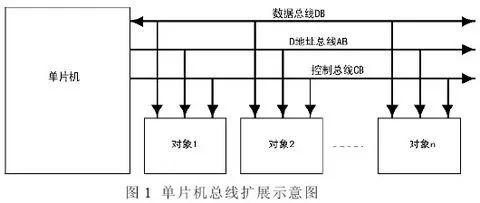
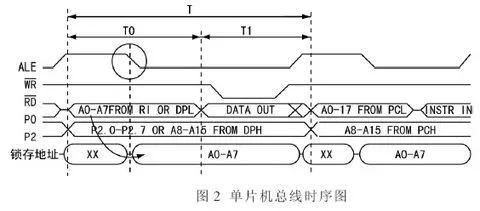
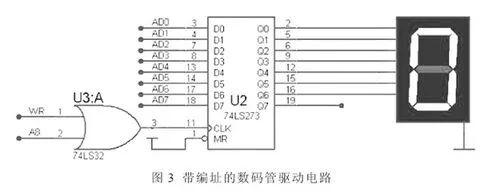
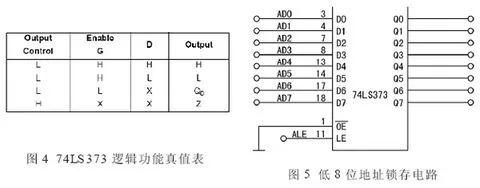

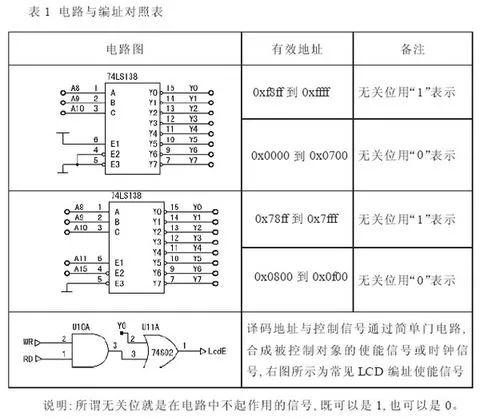
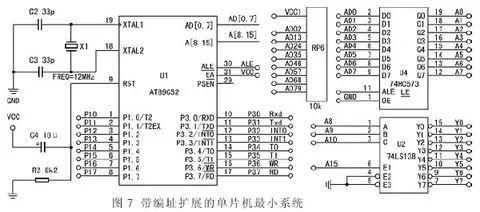
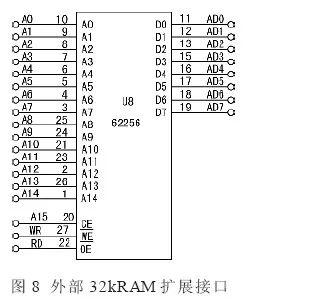
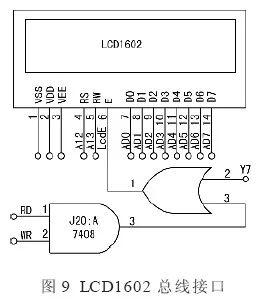
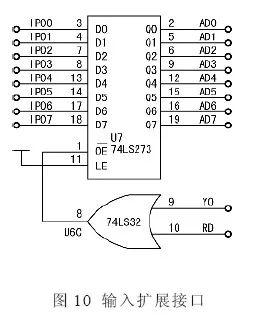
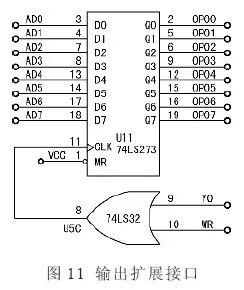
 提升卡
提升卡 变色卡
变色卡 千斤顶
千斤顶